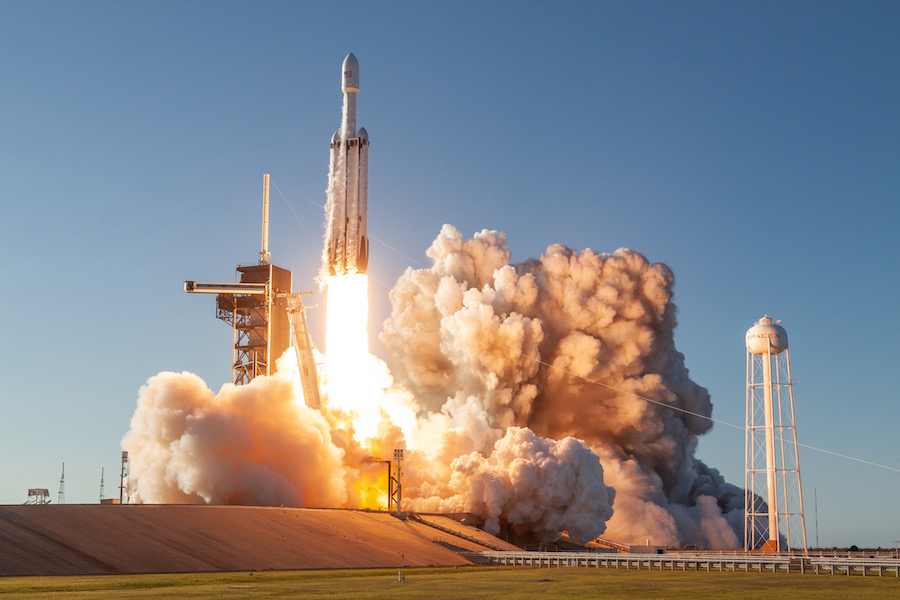
As usual, SpaceX is testing its Starship rockets in Texas after finishing a record-breaking 96 space missions late last night. The engines of SpaceX's Starship rocket system have been fired up, making Friday a busy day at the company's Boca Chica, Texas, facilities. The world's largest rocket, Starship, is scheduled to make its third orbital test flight by the end of 2023. There's a good chance that this test will mark the first time that Starship tries to launch a payload into space.
SpaceX's Starship rocket is having an exciting day on Friday. This is one of the few occasions the company has launched the upper-stage Starship rocket and the first-stage Super Heavy booster on the same day using static firing. Both of these tests seem to be successful at first glance, with the second stage appearing to fire up just one engine.
The second stage Starship was the subject of the day's first static fire test. As part of the Artemis program, NASA has decided to use this rocket to land astronauts on the moon. There is increasing pressure on SpaceX to demonstrate significant milestones in Starship's lunar launch profile so that its rockets are prepared for liftoff on launch day, as the space agency plans to launch its first crewed lunar test flight the following year.
Film from the site showed that one of the six engines on the second stage was fired, however it is nearly impossible to know for sure how many engines were fired until SpaceX releases the information. This is a part of the rocket's landing profile, and there's also conjecture that the third Starship integrated test flight might attempt a space launch as well.
The ship static fire occurred about ninety minutes after the Super Heavy rocket booster fired. According to the video, most of its engines seemed to have been tested about ten seconds before the test was over. Because they enable engineers to identify any issues before potentially disastrous damage occurs during launch, static fire tests are among the most crucial for rocket launches.
SpaceX has come a long way in terms of Starship production and testing since it began testing Starship rockets back in 2020. This period has seen the company develop new Raptor engines, upgrade the Super Heavy booster, install a new water deluge system at the pad, and accelerate manufacturing.
Achieving its objectives with Starship will require SpaceX to overcome a significant obstacle, which is manufacturing. Elon Musk, the company's CEO, has stated in recent remarks that in order for SpaceX to colonize Mars by the middle of the 2050s, it must build at least 100 second stage Starships annually. This is due to the fact that the second stage Starship will take much longer to return to the launch site than the Super Heavy, which will do so in a matter of minutes.
Of course, this will mean that more Starships must be prepared for launch following the Heavy's return, and SpaceX is constructing a second launch site at its Texas facilities in order to meet this demanding cadence. The next steps before a third flight test, assuming today's tests were successful, include a full stack, ship and booster inspections, pad inspections, and possible ship repairs.